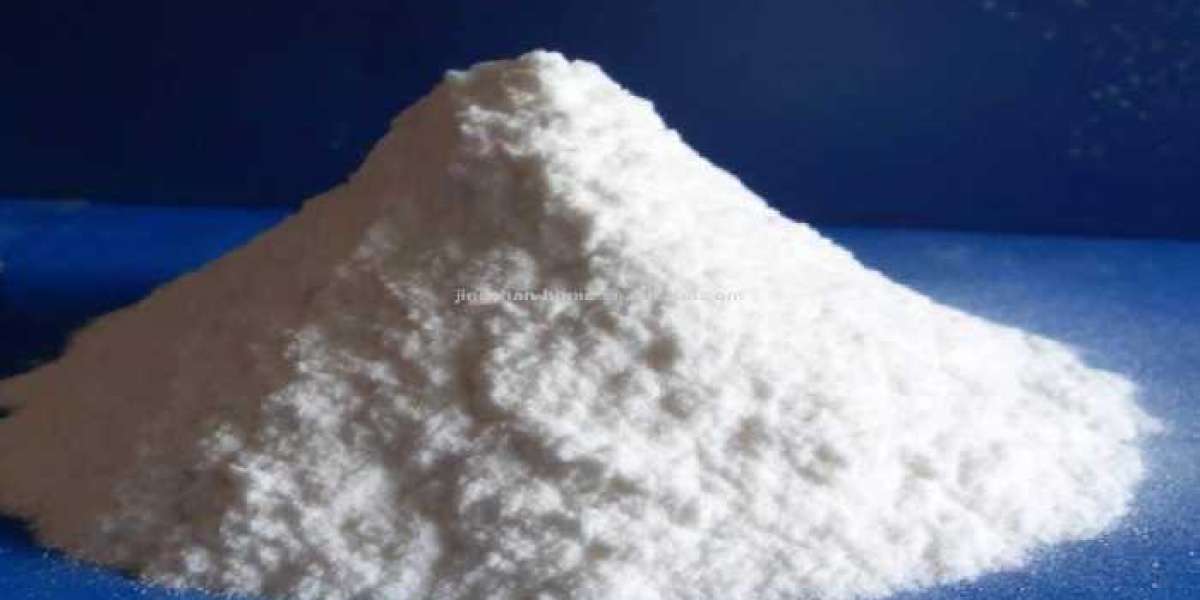Polyvinyl alcohol (PVA) is a synthetic polymer widely used across industries due to its unique combination of chemical stability, water solubility, and film-forming properties. Unlike many other synthetic polymers, PVA is not made directly from its monomer (vinyl alcohol), which is unstable. Instead, it is produced by the hydrolysis of polyvinyl acetate, another well-known polymer.
Chemical Structure and Properties
PVA is a white, odorless, and tasteless powder that dissolves in water to form a clear, viscous solution. It is insoluble in most organic solvents but highly soluble in water, depending on the degree of polymerization and hydrolysis. Higher degrees of hydrolysis increase resistance to moisture but reduce solubility. Its chemical resistance, tensile strength, and flexibility make it valuable in both industrial and consumer products. Polyvinyl alcohol
Some of its notable properties include:
- Biodegradability: Under the right conditions, PVA can degrade, making it more eco-friendly than many plastics.
- Film-forming capability: PVA forms tough, flexible films that are resistant to grease, oil, and solvents.
- Adhesiveness: It adheres well to a variety of surfaces.
- Emulsifying and thickening ability: PVA is used as a stabilizer in emulsions and suspensions.
Applications
PVA is used in a wide range of applications:
- Textile Industry: PVA is employed as a warp sizing agent, which strengthens yarn during weaving. After the process, it is washed out using hot water, making it a temporary but vital aid.
- Adhesives: Due to its sticky and water-soluble nature, PVA is used in glues, especially school glue and wood adhesives. These adhesives are safe, non-toxic, and easy to wash.
- Paper Coatings and Films: It enhances paper strength and makes it more water-resistant. PVA films are also used for packaging detergents, agrochemicals, and dyes in unit-dose formats that dissolve in water.
- Medicine and Pharmaceuticals: PVA is used as a binder in tablets and in controlled drug release systems. It is also a component of contact lenses and artificial tears due to its water-retentive qualities.
- Construction: PVA is mixed into concrete and mortar to improve bonding and flexibility. It’s also used in paints and sealants.
- 3D Printing and Mold-Making: In 3D printing, PVA serves as a support material for complex designs and is easily removed by dissolving in water.
Environmental Considerations
While PVA is a synthetic polymer, it has been studied for its environmental compatibility. It breaks down in water over time under the action of microorganisms, though the rate of degradation depends on the polymer’s formulation and environmental conditions. Compared to conventional plastics, PVA is considered less harmful, especially in water-soluble packaging where it minimizes solid waste.
However, questions remain about its complete biodegradability in all environments, especially in marine ecosystems. Research is ongoing to make PVA even more sustainable by combining it with natural polymers or modifying its structure.
Conclusion
Polyvinyl alcohol is a versatile and valuable polymer with applications ranging from textiles to medicine. Its water solubility, non-toxicity, and film-forming capabilities make it stand out among synthetic polymers. As the demand for sustainable materials grows, PVA's role in reducing plastic waste, especially in water-soluble and biodegradable applications, is likely to expand


